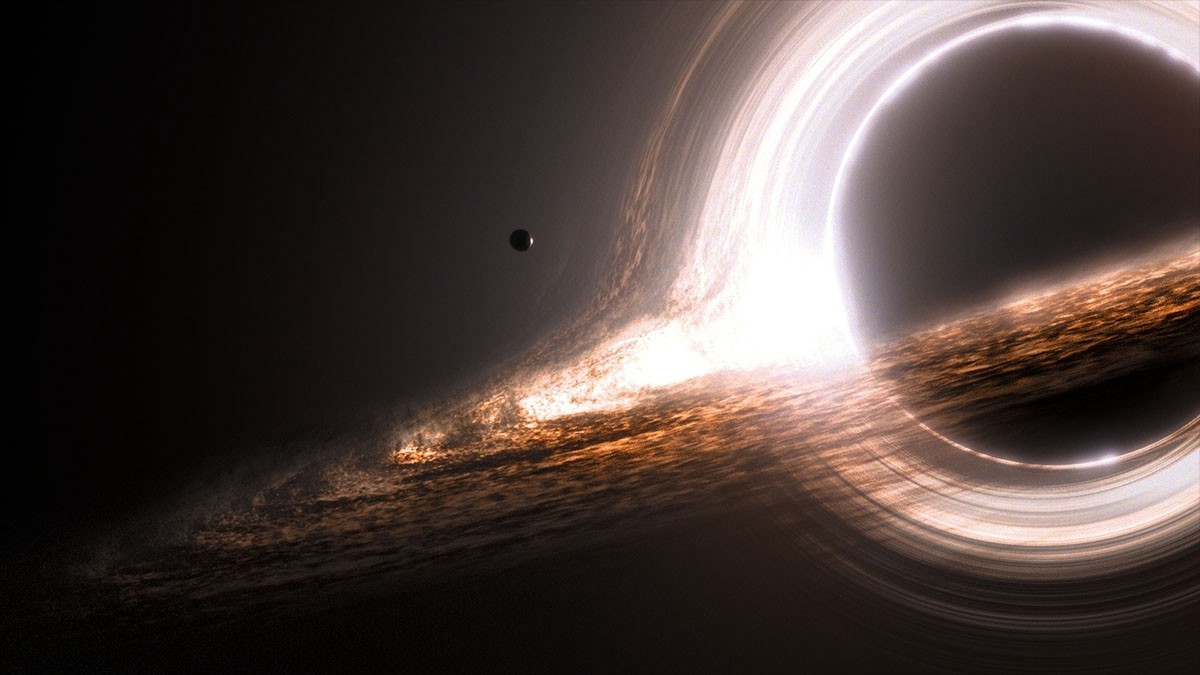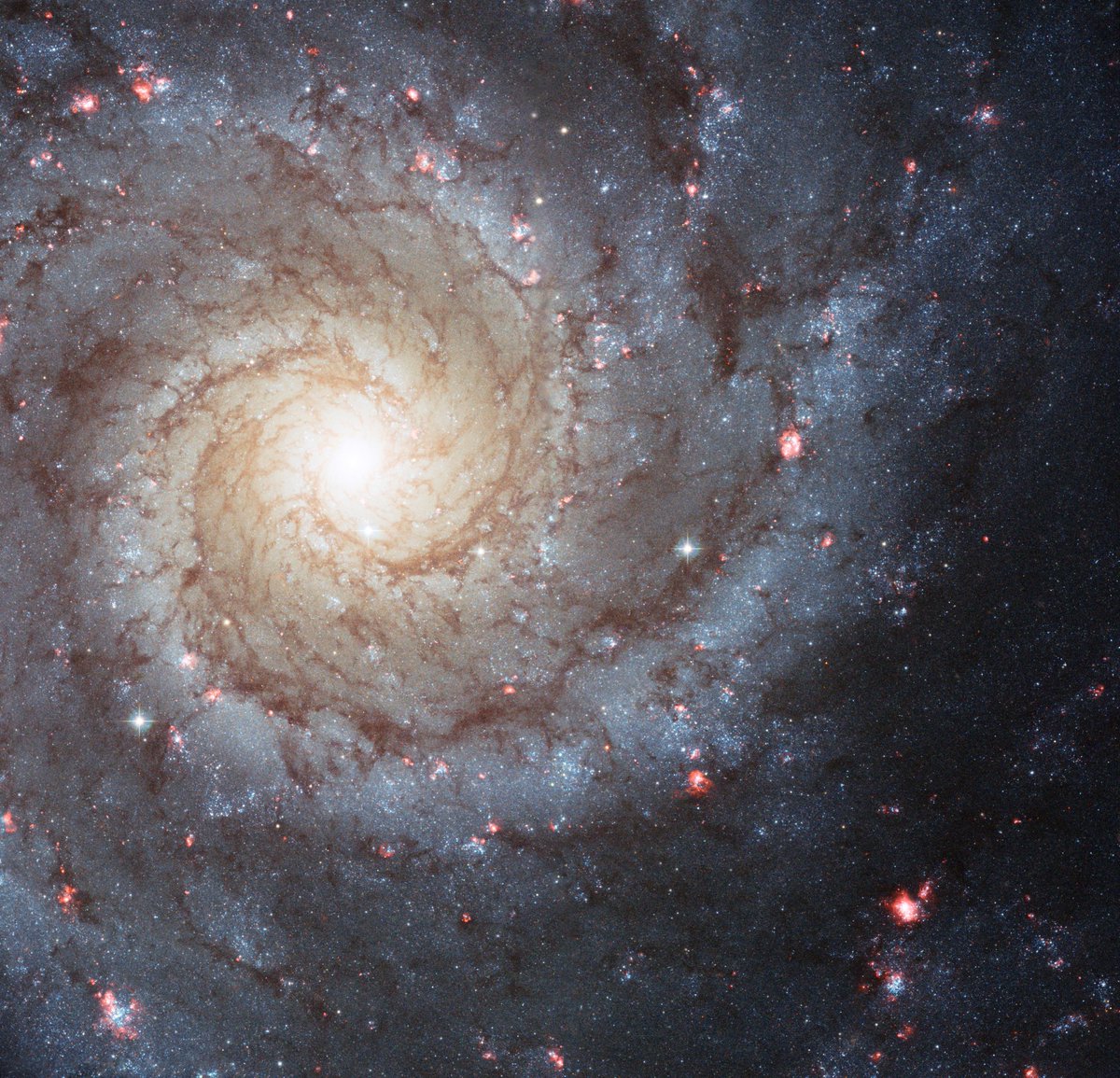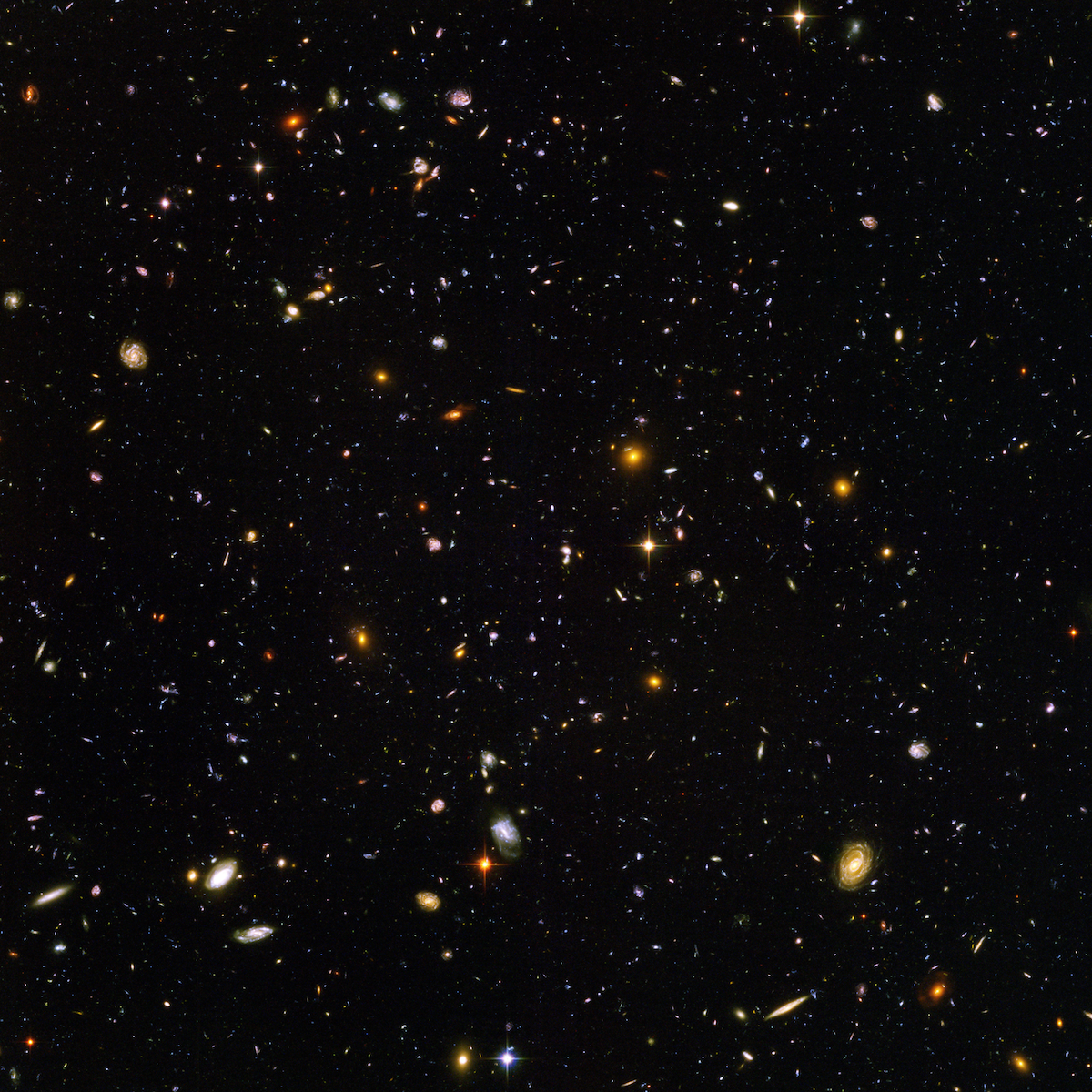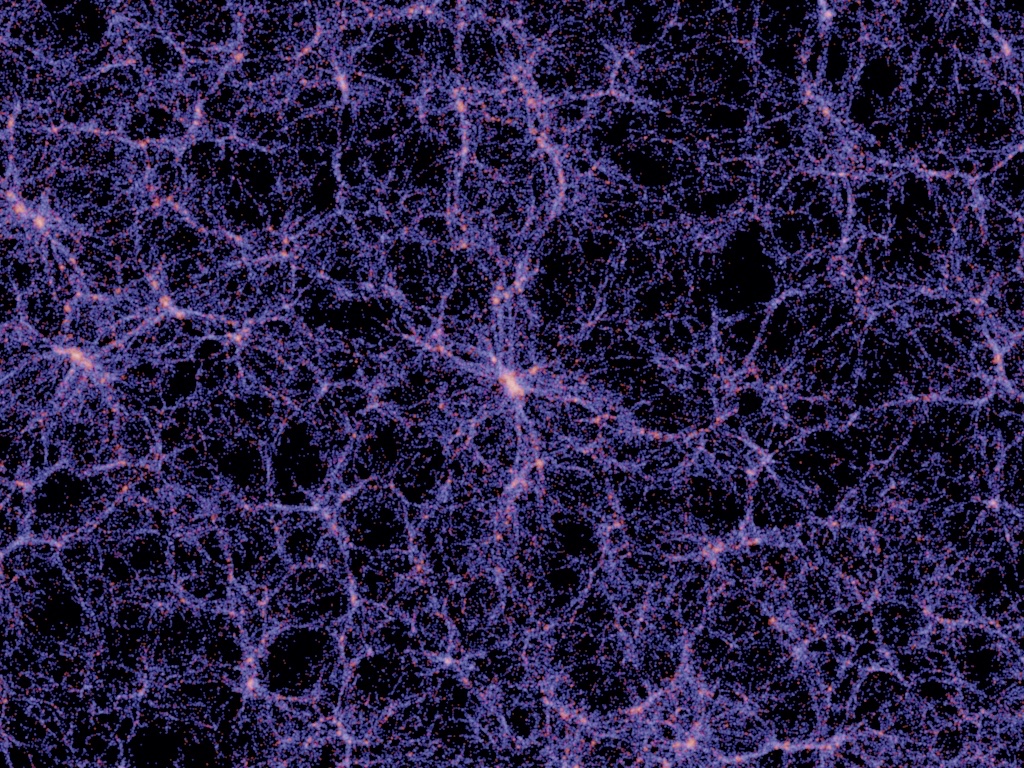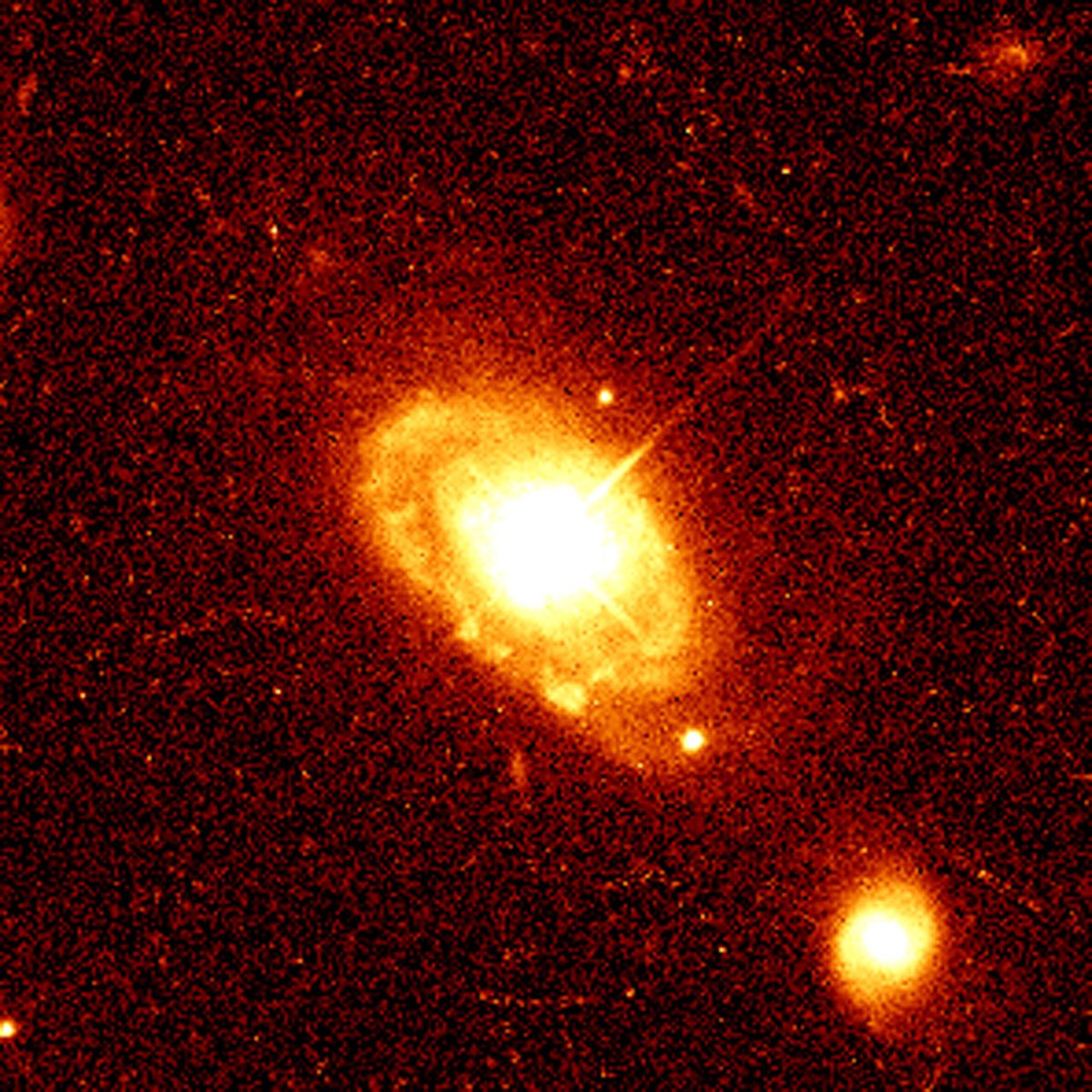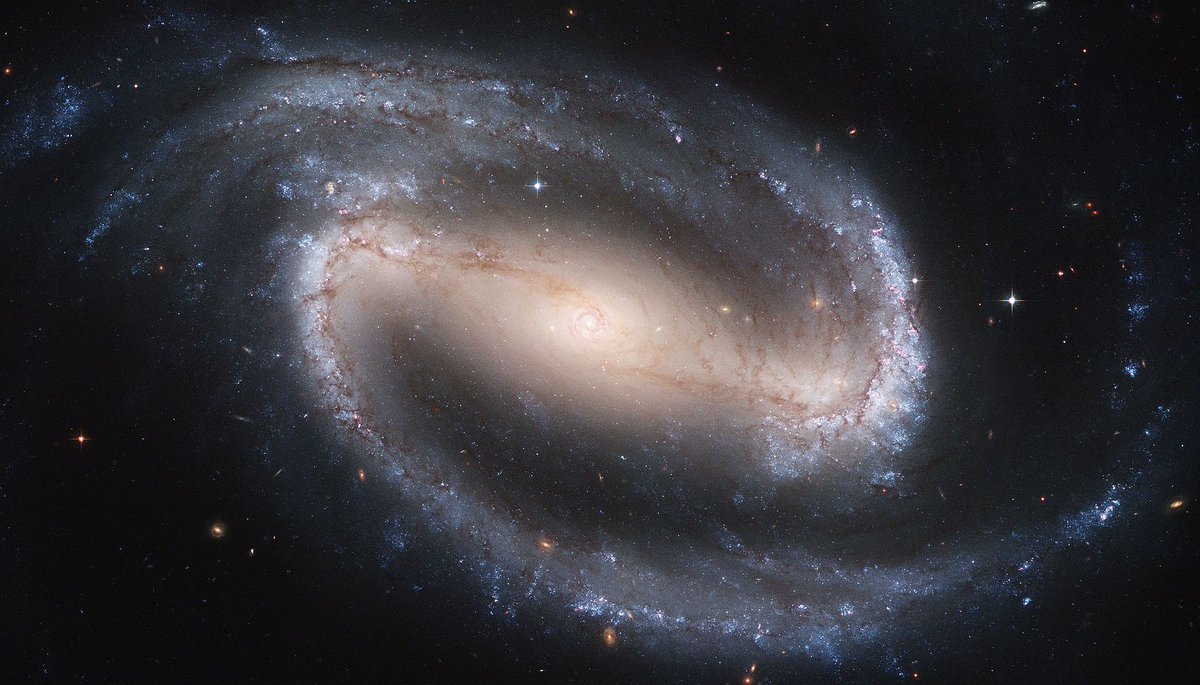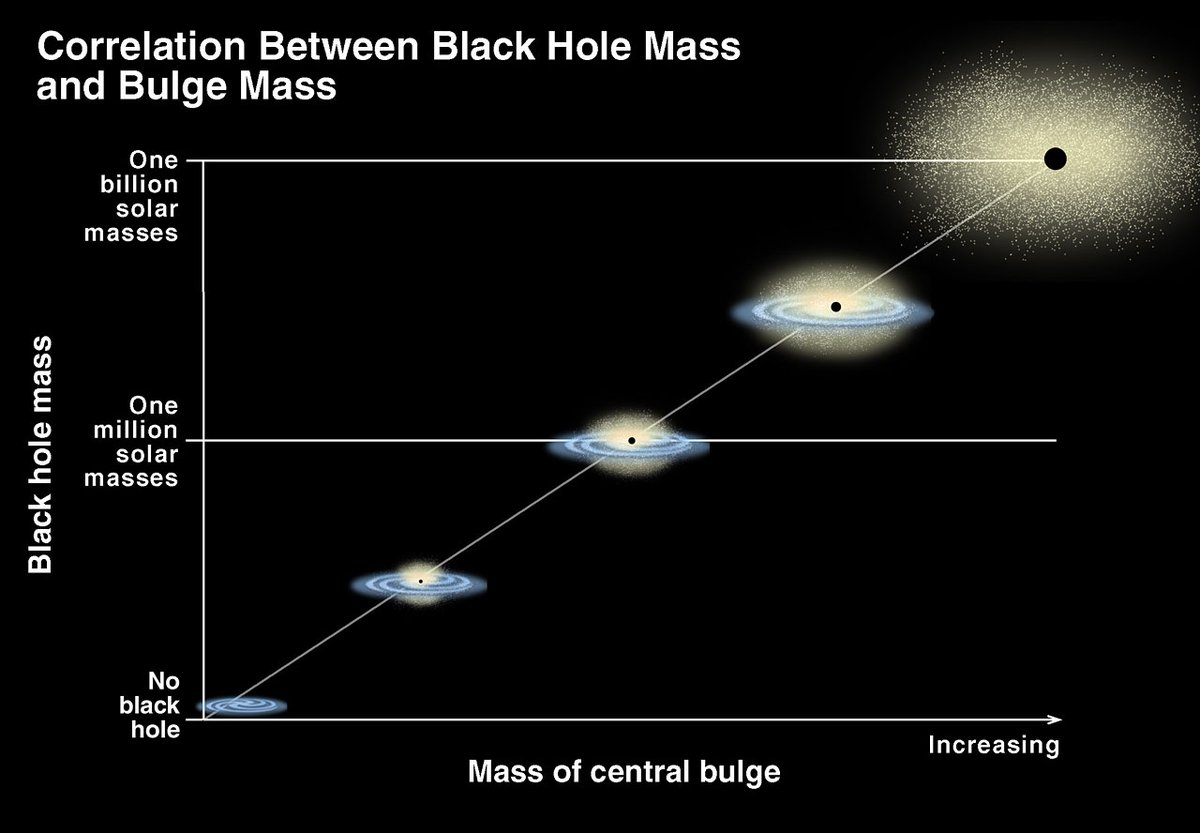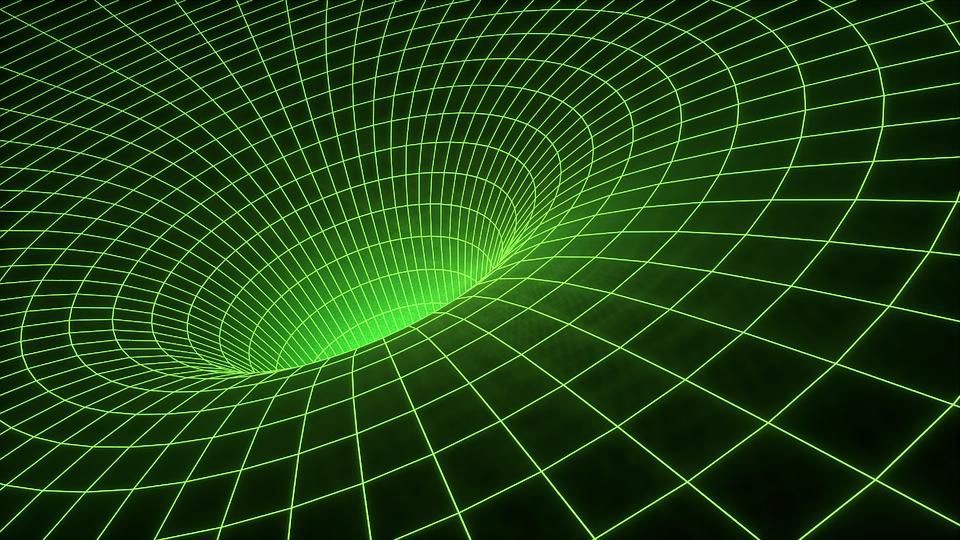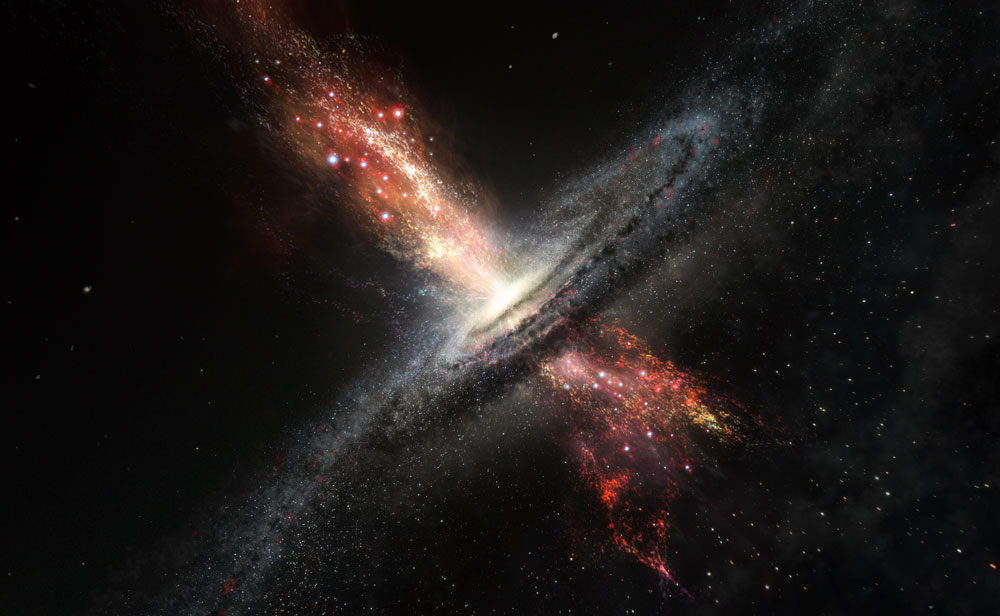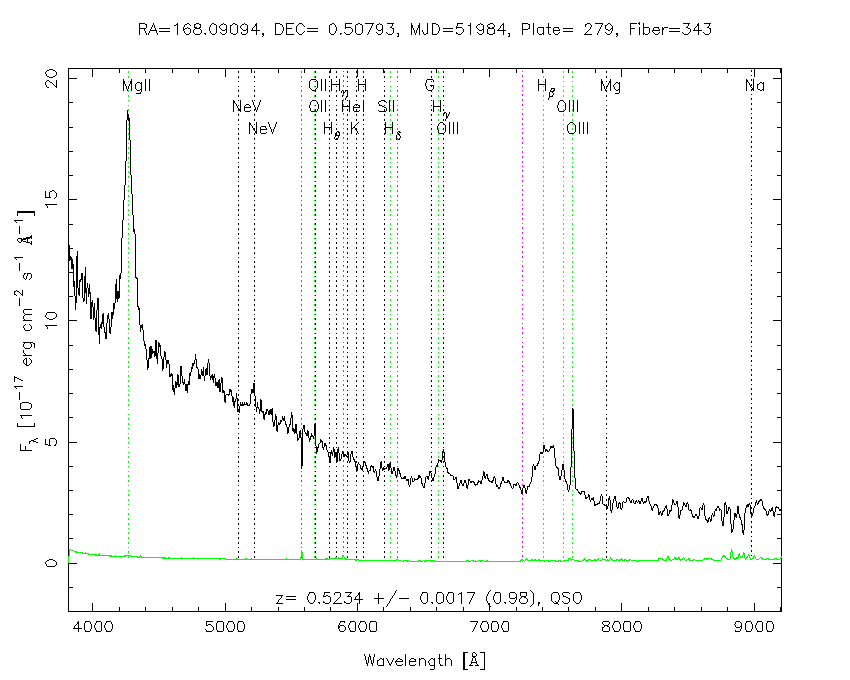So, I promised last week to tell y'all what I work on. My specialty is supermassive black holes. Few things capture the imagination like giant black holes, but what's the point of actually studying them? Turns out they're probably a key to understanding how galaxies form.
Galaxies are giant collections of stars, gas, and dust. When they were first discovered, only about a hundred years ago, they were described as "island universes." Our galaxy, the Milky Way, is about 100,000 light-years across and contains an estimated 200 billion stars.
Now that we have the ability to see very deeply into space with telescopes, we know that there aren't just a few of these island universe, but hundreds of billions of them in the observable universe, in a variety of shapes, sizes, and ages. On the very largest scales...
...galaxies comprise the basic building blocks of the universe, so to understand the entire observable universe, we really need to understand galaxies. That's a bit of a problem, because, believe it or not, we don't yet have a good handle on how they actually form.
We think supermassive black holes may hold an important key to how galaxies form.
In the 1960s, astrophysicists discovered supermassive black holes (SMBHs) in the form of quasars, BHs that are voraciously feeding on material and ejecting huge amounts of energy.
In the 1960s, astrophysicists discovered supermassive black holes (SMBHs) in the form of quasars, BHs that are voraciously feeding on material and ejecting huge amounts of energy.
Eventually, it was discovered that quasars are hosted inside of otherwise normal galaxies, and, even more astonishingly, that most galaxies we observe contain either an active SMBH (quasar) or a dormant SMBH (a BH that isn't doing much of anything), like in our own Milky Way.
20 years ago, astrophysicists discovered that not only do most galaxies host a SMBH in their cores, but that the mass of the SMBHs correlates closely with properties of the galaxy, like the mass of the spherical part of the galaxy or the speeds of stars orbiting there.
Why on earth would such a correlation exist? It's tempting to think it's due to the direct influence of the extreme gravity of the SMBH, but that doesn't work. As extreme as BHs are, the range of their gravity is no different than any other massive body, and drops off quickly...
... the further you get from them. Also, as massive as these SMBHs are (100,000s to 10s of billions x the mass of the Sun), they're typically just a tiny fraction – 1/1000th – of the mass of the galaxies that host them. That's like a 3 oz particle compared with a 200 lb person.
Clearly, the correlation exists for some other reason. One idea is that when SMBHs are in a quasar phase, actively feeding on gas, dust, and stars close to them, they're able to generate enough energy to blow all of the star-forming material out of the galaxy...
...by an amount that's proportional to the gravity (and therefore the mass) of the SMBH. This fixes the amount of stars in that galaxy in a way that's proportional to the mass of the SMBH. It's a clever idea, but we don't yet know if that's the real picture. Meanwhile, we look...
...to see if this correlation between SMBHs and their host galaxies changes with time. This could tell us whether BHs form first, and galaxies form around them, or if galaxies form first, or if they both form together. This is where my work comes in. I study this relationship...
...going back as far as I can in cosmic history, about 9 billion years. I use the Sloan Digital Sky Survey, a massive database containing data for hundreds of thousands of quasars, and am able to estimate the masses of all these galaxies and their SMBHs from their spectra.
What my work shows is that, going back to when the universe was about 1/3 its present age, the relationship between SMBHs and their host galaxies hasn't changed much if at all from what we observe in the present day. It's difficult work, because observational biases...
...are tricky to overcome, and there are several of them. In fact, my research group was the first to draw attention to the effects of observational biases and to model their effects.
Other research groups are finding similar results, so it looks very much as though...
Other research groups are finding similar results, so it looks very much as though...
...SMBHs and galaxies form together. How, exactly, we don't know. But now theorists with their models have to account for this, and will hopefully come up with some ideas.
These are all just small pieces in a very large puzzle, but that's what scientific research is all about.
These are all just small pieces in a very large puzzle, but that's what scientific research is all about.

 Read on Twitter
Read on Twitter